SAN DIEGO; Nov. 23, 2020 — COVID-19 made 2020 the year of the strategy pivot, and independent San Diego State University survey research commissioned by (X) shows how enterprise leaders are evaluating their pivots and providing lessons for improved strategy performance in 2021.
Data collected from more than 100 U.S. CEOs and other corner suite leaders from a cross-section of industries showed how they feel about their enterprise strategy execution:
- Only 22% of C-level executives felt their enterprises were doing a good job with their strategic initiatives.
- The majority (66%) said that the biggest obstacle to successful strategy execution was a lack of employee engagement, even though 79% said that employee engagement was a big driver of their internal communication program.
- More than half reported that strong communication strategies played a role in their enterprise’s success in 2020. However, 39% reported their internal communication was also strained by COVID-19.
- The degree to which strong communication helped enterprises succeed in 2020 correlated significantly with whether an enterprise used consultants: 68% of CEOs who reported using consultants attributed strong communication to their success compared to 50% who don’t use consultants.
“Strategy is crafted by few and implemented by many. Getting and keeping employees more engaged through supporting communication could go a long way in helping the 78% of CEOs who aren’t feeling good about their strategic initiatives,” said (W)right On Communications CEO Grant Wright. “This is why we partnered with Excelerate to create (X), a solution to help organizations wring more shareholder ROI out of their initiatives. Senior leaders know strategy implementation and internal and external communication need to be tightly linked, but our research also revealed some gaps, fragmentation and resource issues, with COVID-19 also creating a strain.”
The survey was conducted by the Broom Center at San Diego State University’s School of Journalism and Media Studies and sponsored by (X), an enterprise strategy execution and communication consultancy formed by partners (W)right On Communications and Excelerate.
“Execution of key strategies is always difficult,” said Jana De Anda, president of Excelerate. “The realities businesses faced in 2020 drove even more complexity in getting key initiatives to the finish line. And with the majority of CEOs reporting that their employee engagement is such a big obstacle to their success, it illustrates the importance of connecting strategic planning and implementation with excellent internal communication just as much as external.”
(X) leaders Julie Wright and Jana De Anda are presenting the survey’s findings in a webinar on Dec. 3 from noon to 1 p.m. PST. The webinar will go deeper into the survey results and share tips on how enterprises can better align strategy and communication to more successfully achieve strategic goals.

Register for the “Pivoting in 2021: Pitfalls to Avoid” webinar at bit.ly/2021pivotpitfalls.
About the Study
SDSU’s survey, conducted from Oct. 6 to Oct. 27, examined the strategic planning and implementation and communication practices of enterprises during the COVID-19 pandemic. Talking to leaders at the highest level, CEOs (87%) made up a majority of the 136 respondents. These leaders direct companies with annual revenue between $50M to $250M (54%) and more than $250M (46%). The survey gauged CEOs’ communication alignment with their business strategy. The data suggests best practices for upcoming communication strategy for Q1 of 2021.
About (X)
Combining the considerable capabilities and reputations of (W)right On Communications and Excelerate, (X) is a joint venture service offering that better connects strategic planning and operational implementation with integrated strategic communications for faster and more impactful results. From offices in San Diego, Los Angeles, Portland and Vancouver, BC and with client partners coast to coast, (X) streamlines multiple agency engagements thereby reducing costs and decreasing redundancy while strengthening outcomes at a faster rate that is essential for organizations to successfully navigate unprecedented change and new opportunities.
For more, see PivotWithX.com or email AskUs@PivotWithX.com
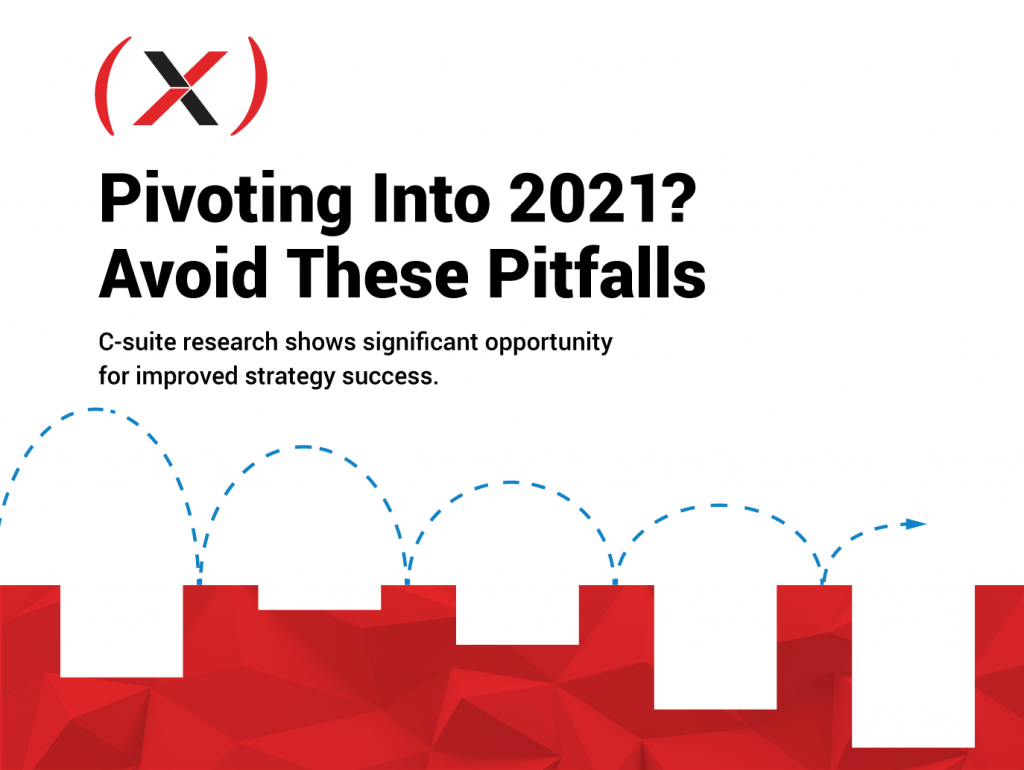


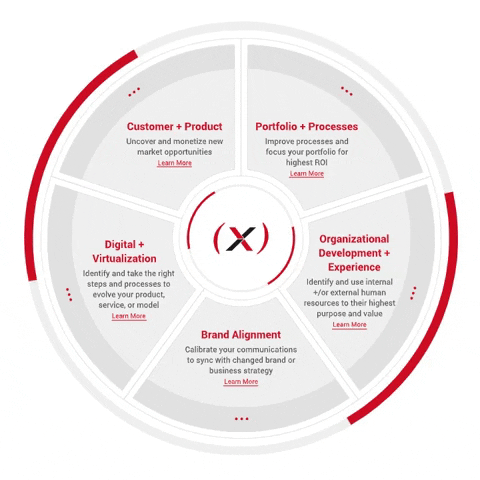
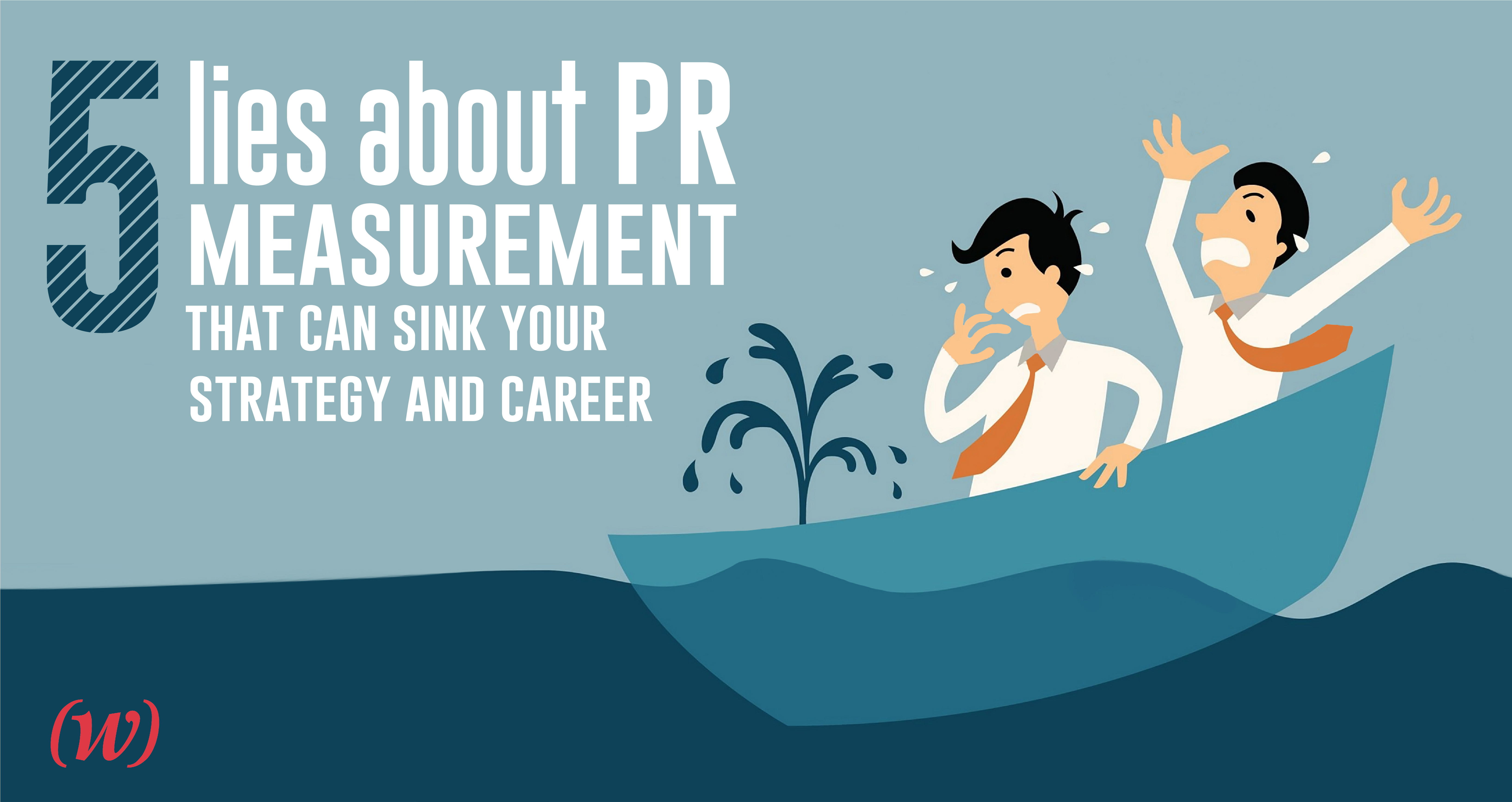




 The Facts about Diversity:
The Facts about Diversity:
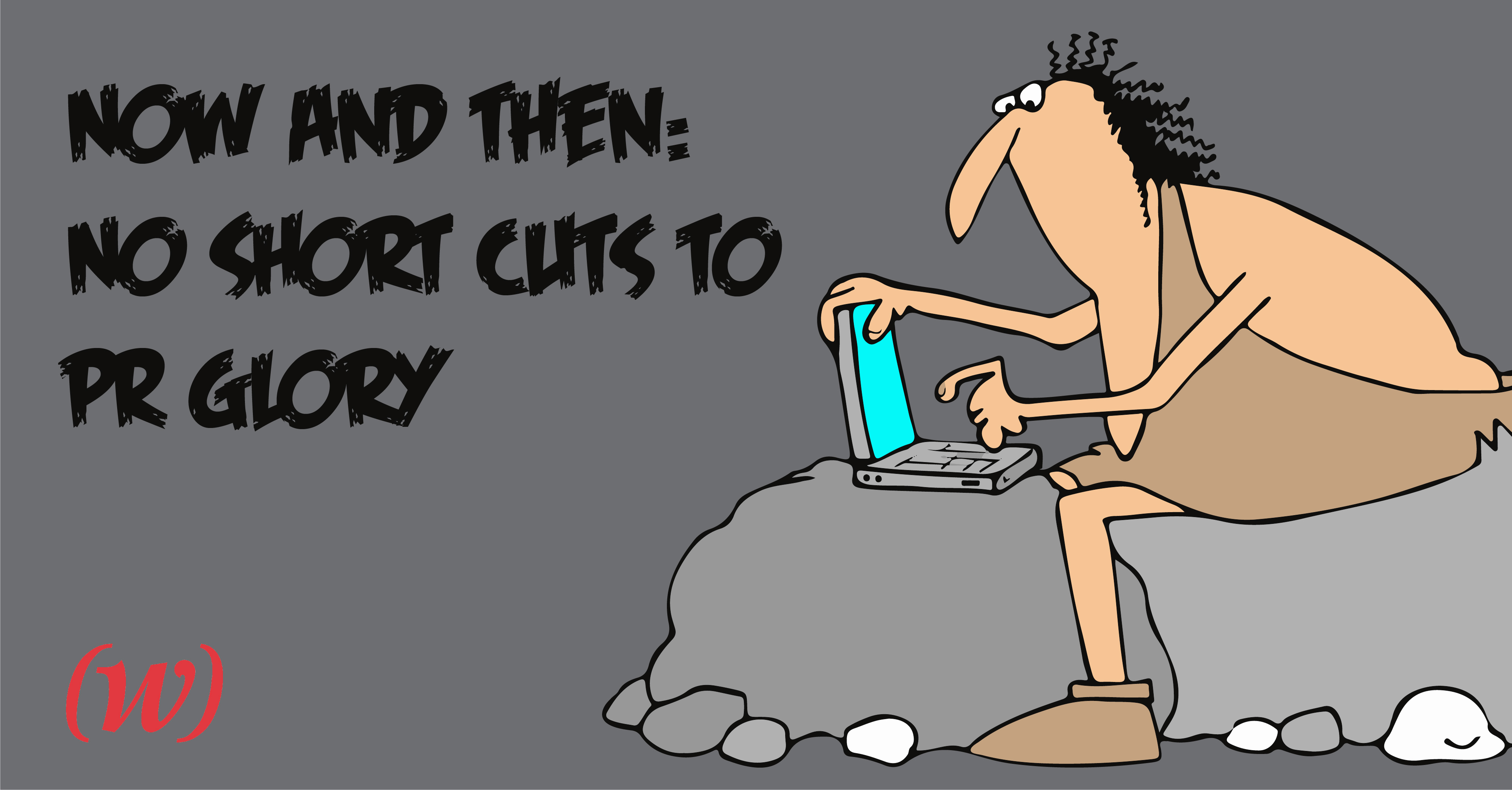

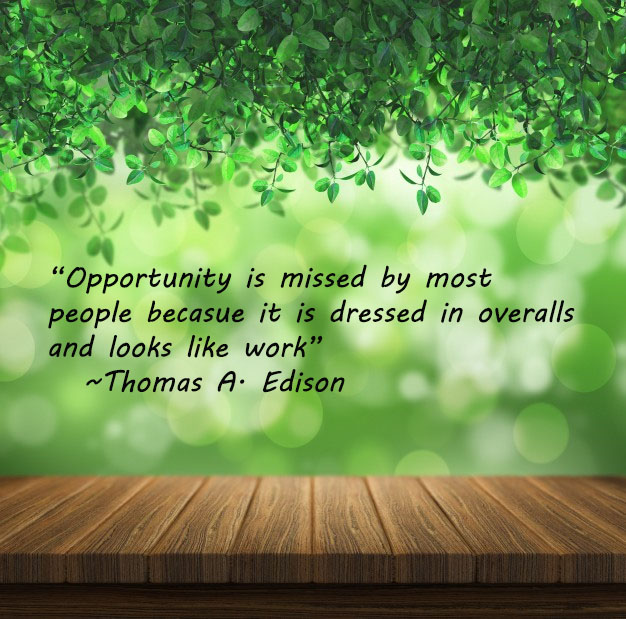



 Grant Wright
Grant Wright






 Corie Fiebiger
Corie Fiebiger
 Shae Geary
Shae Geary Roman Lukjanenko
Roman Lukjanenko Phelan Riessen
Phelan Riessen Katrina Early
Katrina Early Hamish Marshall
Hamish Marshall